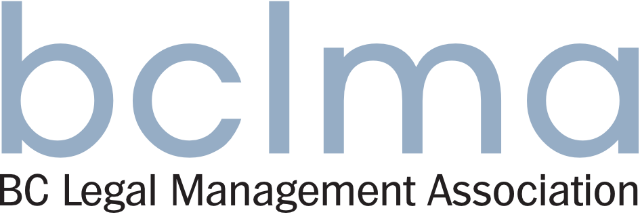The fundamental task in payroll is to pay employees accurately. So how much is the following Canadian employee entitled to be paid as overtime?
Linda’s work is subject to overtime after she works 8 hours on a daily basis. Linda worked 8 hours, 9 minutes and 25 seconds. How much overtime is she entitled to, when her regular hourly rate is $12 an hour?
1. Zero, as the employer only recognizes overtime greater than 15 minutes.
2. $2.70. The employer recognizes overtime by the minute, rounded to the closest whole minute, so the employer pays Linda for 9 overtime minutes (0.15 of an hour), at $12 an hour, at time and a half.
3. $3.60. The employer pays overtime in 6 minute blocks. Time worked is rounded to the closest, complete 6 minute block, which in this case is 12 minutes or 2 blocks. Each 6 minute block is one-tenth of an hour, so the employer pays Linda for 0.2 of an hour, at $12 an hour, at time and a half.
4. $4.50. The employer rounds any time worked to the closest quarter hour. Linda’s 9 minutes and 25 seconds are rounded up to 15 minutes and paid at $12 and hour, at time and a half.
Which of these is the right answer. In other words, what is the overtime the employer is required to pay Linda, based on the applicable employment standards?
I think we can all agree that Linda is entitled to some amount of overtime for her 8 plus minutes, so the first answer above, zero, is probably not reasonable. Employers are required to pay overtime for any work over the daily, weekly or workweek thresholds, so a policy that says overtime must be a minimum 15 minutes before it will be paid, is probably not viable.
Perhaps it will help to shift the emphasis in the question slightly. The answer might be clearer if the question is instead, how are employers required to measure the overtime that employees work? In whole minutes, as a decimal fraction of an hour, in blocks of time, such as 6 or 10 minutes? Should the exact amount of time worked be paid for or can seconds be rounded up or down to whole minutes? Should part hours be rounded to the closest quarter hour?
Would it shock you to know that, with one exception, there are no employment standards requirements on how hours worked, including overtime, must be measured? The exception is Nova Scotia and this exception only applies for minimum wage purposes, including overtime payable at the minimum wage. In that jurisdiction, employees who work at least 15 minutes, but no more than 30, must be paid the equivalent of at least 30 minutes at the minimum wage. For work greater than 30 minutes, but less than a full hour, the equivalent of at least 1 hour at the minimum wage must be paid. However, this says nothing about employees whose work time includes partial hours of less than 15 minutes.
Other than this there are absolutely no specific requirements on how employers must measure the time that employees work. Given this absence, there is nothing preventing employers from adopting any of the policies laid out in answers 2 to 4 above. To put it another way, employers should ensure that the terms and conditions of employment clearly define how hours worked will be measured. This means defining whether work will be measured as the exact time worked, whether seconds will be rounded to the closest whole minute or only blocks of time worked will be recognized, with the employer rounding time up or down to the closest whole block.
Another good topic by Alan, for this time of year is: “Use it or lose it” Vacation Policies
www.alanrmcewen.com/2015/11/20/use-it-or-lose-it-vacation/
Alan is local, blogs and has a blog archive, easily searchable, on current and relevant topics. Check his website out: www.alanrmcewen.com
Alan McEwen is a Vancouver Island-based HRIS/Payroll consultant and freelance writer with over 25 years’ experience in all aspects of payroll. He can be reached at [email protected] or (250) 228-5280. If you like these articles, please consider buying one of my Need to Know resources. Signup to my email list to be notified as new resources are added, including webinars and seminars.
